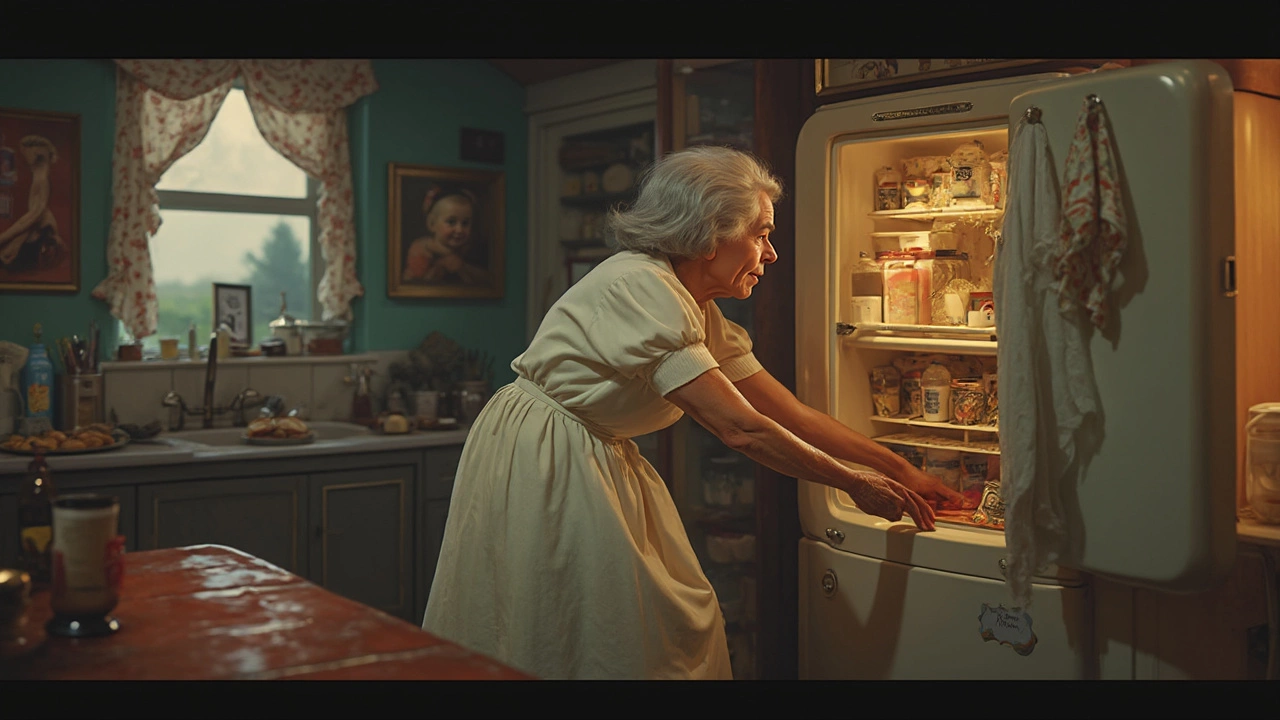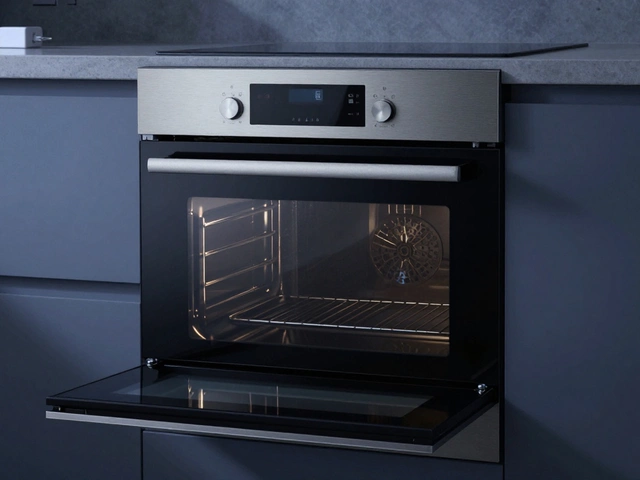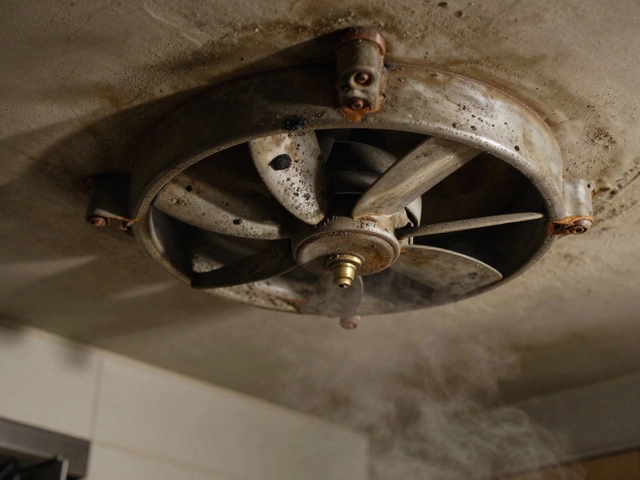Freezer Signs: Spot Problems Early and Save Money
When you notice freezer signs, the subtle clues that a freezer isn’t performing at its best. Also known as freeze trouble indicators, they tell you when something’s off before a full breakdown. Freezer signs can be as simple as frost buildup or as obvious as the ice maker stopping cold. Understanding these hints lets you act fast, cut energy waste, and keep food safe.
Common Signs and What They Mean
One of the first things to watch is the ice maker. Ice maker issues, failures that prevent a freezer from producing ice cubes. When the tray stays empty, the culprit is often a clogged water valve, a faulty thermostat, or a frozen inlet line. Fixing the problem early avoids a cascade of temperature spikes that can spoil groceries. Another sign is excessive frost on the walls; that usually means the door seal isn’t airtight, letting warm air in and forcing the compressor to work harder.
Temperature swings are another red flag. If you open your freezer and feel the air is noticeably warmer than the set point, the temperature sensor may be misreading, or the compressor could be under‑performing. A quick test with a freezer thermometer can confirm the issue. Consistently high temps increase energy bills and shorten the appliance’s life, which brings us to another important factor: freezer lifespan, the typical duration a freezer remains functional with proper care. Modern freezers usually last 10–15 years, but neglecting signs can shave years off that estimate.
Regular appliance maintenance, the routine tasks that keep kitchen gear running smoothly is the bridge between spotting signs and extending lifespan. A monthly check of the door gasket, clearing dust from condenser coils, and defrosting when frost exceeds a quarter inch are simple steps that prevent bigger headaches. When you combine vigilant sign‑reading with these maintenance habits, you create a feedback loop: each fix reinforces the next, reducing the chance of a sudden shutdown.
Here are three quick actions you can take the next time a sign appears:
- Inspect the door seal for cracks or food debris; replace if compromised.
- Listen for the compressor’s steady hum; irregular clicks often signal a failing start‑relay.
- Run a water test on the ice maker line; a weak flow points to a clogged filter.
These steps map directly onto the semantic triples we’ve built: "Freezer signs encompass ice maker issues," "Freezer maintenance requires regular temperature checks," and "Freezer lifespan is influenced by proper cleaning." By keeping those connections in mind, you can diagnose faster and decide whether a simple tweak or a professional repair is needed.
Below you’ll find a curated set of articles that dive deeper into each of these topics. Whether you need a step‑by‑step guide to fix a non‑freezing freezer, want to know how long your unit should last, or are curious about the cost of a repair, the collection covers the full spectrum of freezer signs and solutions. Read on to get the details you need to keep your freezer humming smoothly.
Wondering if your freezer is on its last legs? This article cuts through the guesswork and highlights clear signs that something's wrong. Learn about unexpected noises, temperature trouble, and when a full ice cream meltdown means you should act fast. Check out practical tips for troubleshooting before calling in the pros. Get a handle on freezer problems before your groceries pay the price.


